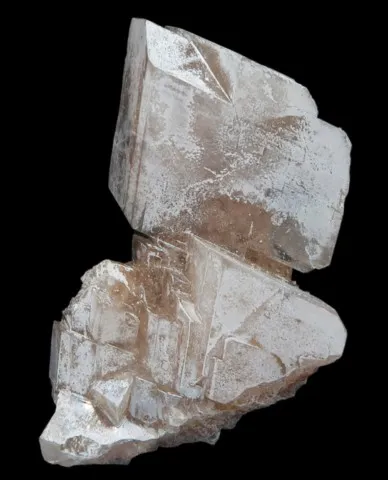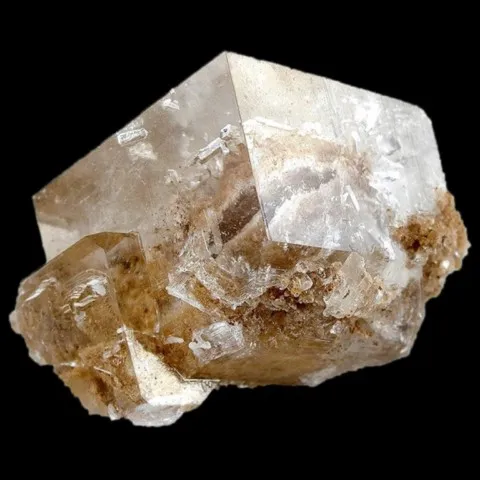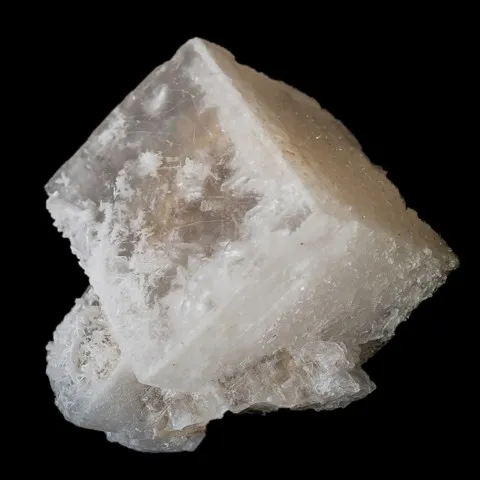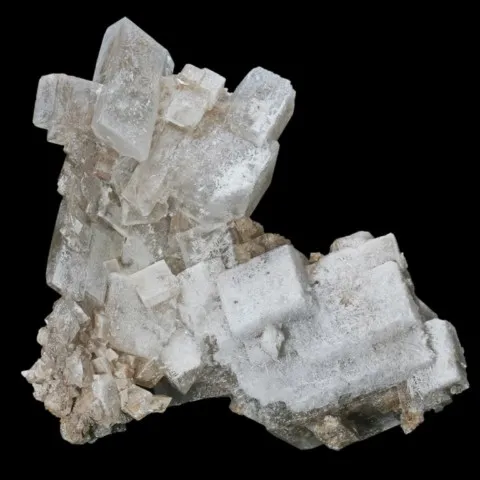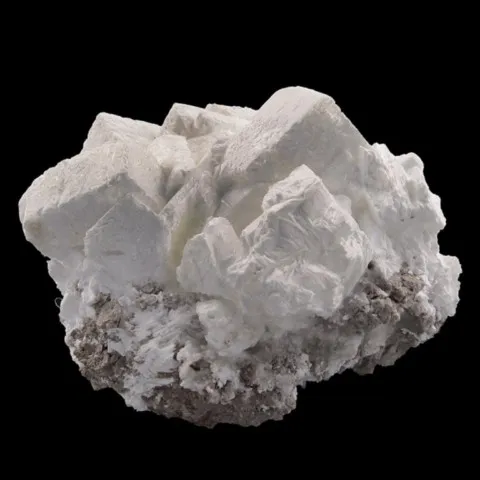INYOITE
Class : Carbonates, nitrates, borates
Subclass : Borates
Crystal system : Monoclinic
Chemistry : CaB3O3(OH)5 4H2O
Rarity : Uncommon to fairly common
Inyoite is a calcium borate present in evaporitic borate deposits, where it notably accompanies borax, priceite, colemanite and meyerhofferite. It takes its name from its place of discovery : Furnace Creek in Inyo County (USA). Inyoite forms stubby or tabular prismatic crystals, frequently united in roughly spherolitic aggregates ; it is colorless or white, exceptionally pink. It is a boron ore.
Main photo : Inyoite from Monte Azul deposit, Sijes, Argentina © Rob Lavinsky
Inyoite in the World
Twinning
No twins known for this mineral species.
Fakes and treatments
No fakes recorded for this mineral species.
Hardness : 2
Density : 1.87
Fracture : Irregular
Streak : White
TP : Translucent to transparent
RI : 1.490 to 1.520
Birefringence : 0.026
Optical character : Biaxial -
Pleochroism : None
Fluorescence : White
Solubility : Water, nitric acid, hydrochloric acid
Magnetism : NoneRadioactivity : None

